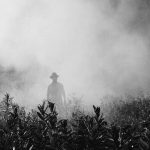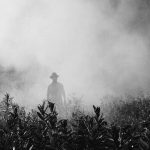
The Gift of the Magi: A Timeless Tale of Love and Sacrifice
“The Gift of the Magi” is a short story written by O. Henry, first published in 1905. The narrative focuses on Jim and Della, a young couple living in early 20th-century America who struggle financially but share a deep love for each other. Despite their limited means, they each possess a valuable item: Della’s long…

















